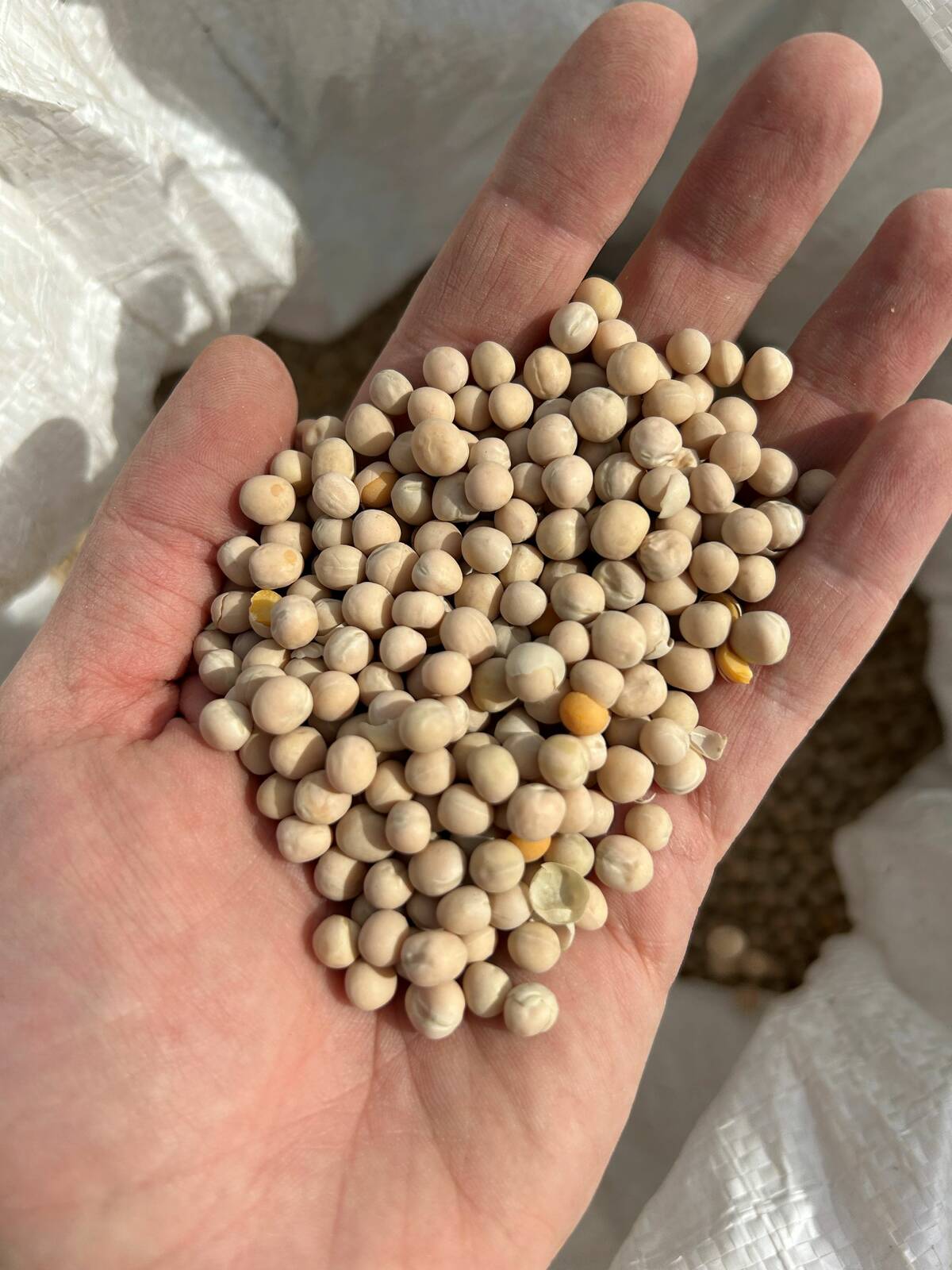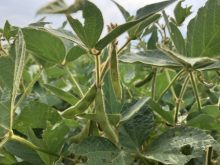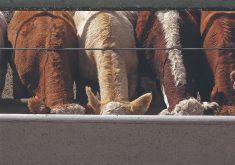About 3.33 million hectares (eight million acres) of China’s farmland are too polluted to grow crops, a government official said Monday, highlighting the risk facing agriculture after three decades of rapid industrial growth.
China has been under pressure to improve its urban environment following a spate of pollution scares.
But cleaning up rural regions could be an even bigger challenge as the government tries to reverse damage done by years of urban and industrial encroachment and ensure food supplies for a growing population.
Wang Shiyuan, the vice-minister of land and resources, told a news briefing that China was determined to rectify the problem and had committed “tens of billions of yuan” a year to pilot projects aimed at rehabilitating contaminated land and underground water supplies.
Read Also

Pulse Weekly: Tariffs guide yellow peas in 2025
Tariffs were a major influence on Canadian yellow pea prices in 2025, with levies imposed by China and India. The two countries are Canada’s biggest foreign pulse buyers.
The area of China’s contaminated land is about the same size as Belgium. Wang said no more planting would be allowed on it as the government was determined to prevent toxic metals entering the food chain.
“In the past there have been news reports about cadmium-contaminated rice — these kinds of problems have already been strictly prohibited,” he said.
This year, inspectors found dangerous levels of cadmium in rice sold in the southern city of Guangzhou. The rice was grown in Henan, a major heavy metal-producing region.
China’s determination to squeeze as much food and resources as possible from its land has put thousands of farms close to chemical plants, mines and other heavy industries, raising the risks of contamination.
With food security still the most pressing concern, China is determined to ensure that at least 120 million hectares (295 million acres) of land is reserved for agriculture, a policy known as the “red line.” The rehabilitation of polluted land is part of that policy.
A government land survey revealed traces of toxic metals dating back at least a century as well as pesticides banned in the 1980s, and state researchers have said that as much as 70 per cent of China’s soil could have problems.
— Reporting for Reuters by David Stanway in Beijing.















